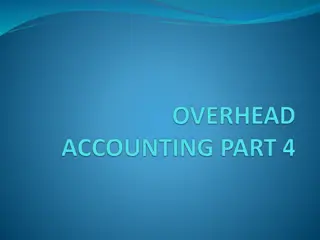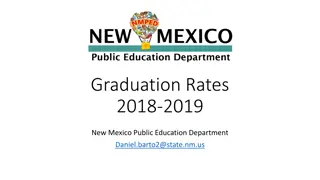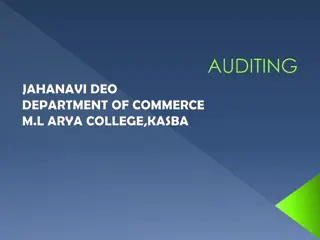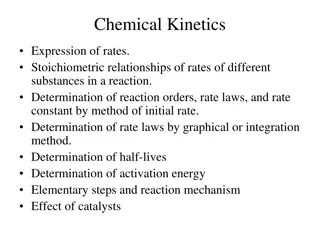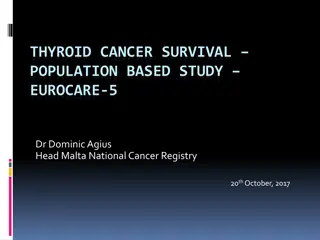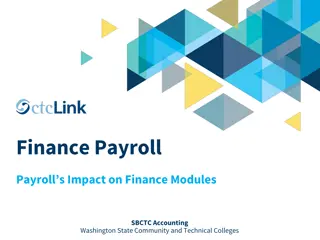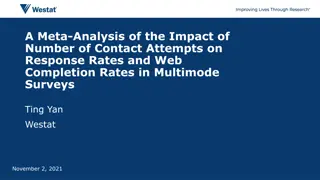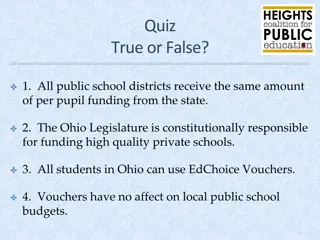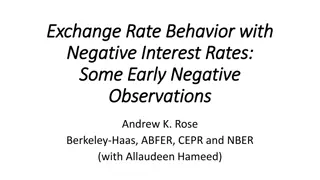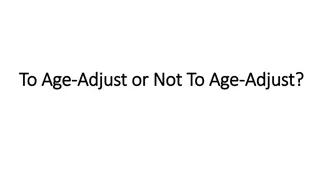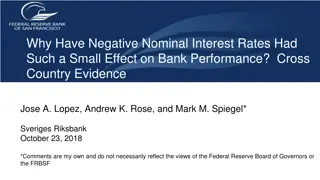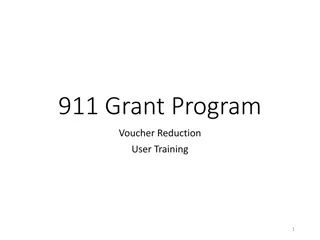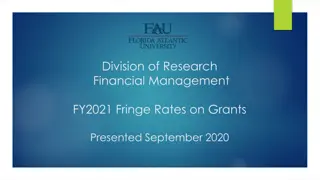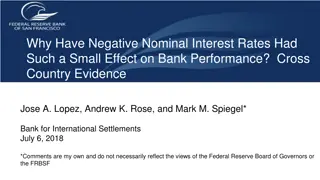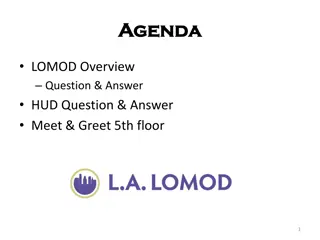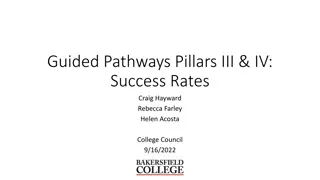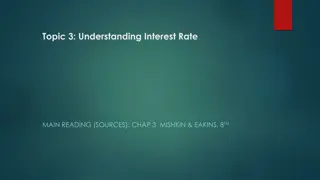
Local Governments Empowered through Issuing Alternative Currencies
Explore historical examples of local bodies addressing finance shortages by issuing their own currencies, such as the Guernsey pound and Wörgl schillings. Learn how these initiatives empowered communities and could offer solutions for modern financial challenges.
Download Presentation

Please find below an Image/Link to download the presentation.
The content on the website is provided AS IS for your information and personal use only. It may not be sold, licensed, or shared on other websites without obtaining consent from the author. If you encounter any issues during the download, it is possible that the publisher has removed the file from their server.
You are allowed to download the files provided on this website for personal or commercial use, subject to the condition that they are used lawfully. All files are the property of their respective owners.
The content on the website is provided AS IS for your information and personal use only. It may not be sold, licensed, or shared on other websites without obtaining consent from the author.
E N D
Presentation Transcript
A SOLUTION TO LOCAL BODIES LACK OF FINANCE RATES BACKED VOUCHERS
HOW COUNCILS CAN TAKE BACK POWER As you know, central governments accept national dollars for taxes. Their central bank can create new money. A Reserve Bank economist has called this our superpower Local governments should be able to do this too, with certain provisos.
ITS BEEN DONE BEFORE IN HISTORY After they Napoleonic wars Guernsey s infrastructure was falling apart. They had 19,000 public debt, on which they had to pay 2,300 interest a year. These were British pounds. Their annual income was 3,000 a year. A quirk in history was that Guernsey had been accorded the sovereign right to issue its own money in 1690. But they did not use this right till 1816.
GUERNSEY SPENT ITS OWN CURRENCY INTO EXISTENCE So, after a year s deliberation they issued their own interest free currency, the Guernsey pound. They spent it into existence and accepted it for tax. They also agreed to limit the issue to prevent inflation. Four years later they built a public market with this money. Subsequently schools and a sea wall were built with this money.
Part of the seawall built with Guernsey pounds in 1820 It has withstood two centuries of storms
THE MIRACLE OF WORGL, AUSTRIA IN THE DEPRESSION In July 1932 in the depths of the Great Depression, the self educated Mayor of W rgl, Austria, had convinced his community advisory board that they needed a currency which circulated faster tham the national currency. 300 of its 4,300 inhabitants were out of work. There were another 1000 in the wider area. He convinced the local businessmen and the newspaper they had nothing to lose by trying an emergency scrip.
THE DESIGN OF THE CURRENCY MADE IT CIRCULATE FASTER THAN NATIONAL CURRENCY They issued 20,000 local schillings worth of Work Certificates, also called local schillings in three different denominations. They deposited the same amount of national schillings in the bank. This was so the local currency could be converted back with 2% fee. The notes expired in a month. Then each note had to be validated with a stamp worth one tenth of the value of the note. All town employees received half of their wages in local schillings.
THE DRAMATIC RESULT THE MIRACLE OF WORGL Within a year the 32,000 local schillings circulated 463 times. Local taxes in arrears were paid back. Seven streets were rebuilt, 12 roads were improved, the sewer system was extended, a ski jump and a bridge were built. The number of unemployed fell by 16% in W rgl, while in Austria it rose by 19%.
WORGL WAS THE ENVY OF MANY Soon 200 other towns wanted to copy it. But the commercial banks persuaded the State Bank to stop it. W rgl went to the Supreme Court, but it lost. The currency lasted just under 14 months.
FOR MORE INFORMATION https://unterguggenberger.org/the-free-economy-experiment-of-woergl-1932- 1933/ https://www.transitionculture.org/2009/11/22/a-local-currency-pilgrimage-to- worgl/ https://observablehq.com/@martien/miracle-of-worgl https://tontinecoffeehouse.com/2020/06/15/silvio-gesell-and-the-worgl- experiment/
IN 1976 THE MAYOR OF HAMILTON NEW ZEALAND TRIES TO INTRODUCE A SIMILAR CURRENCY Hamilton was paying 9.5% interest on its loans. Mayor Bruce Beetham convinced 36% of the town that rates vouchers would help their economy and of these 56% were in favour. He suggested paying employees and contractors partly in rates vouchers up to one third of the total rates collected.
AND BEETHAMS PROPOSED SOLUTION COULD IMPROVE The W rgl currency had a circulation incentive which made it even more effective. Results come much quicker. W rgl council officers had to ensure there was no inflation. So when inflation did arrive, they withdrew a lot of the local currency until inflation had disappeared.
HE WAS THWARTED BY LOCAL OFFICIALS Beetham sent his proposal to the head of the Audit Department, the Minister of Local Government, the City Solicitor, the Secretary of the Treasury and the Governor of the Reserve Bank. The Reserve Bank was not encouraging. The City Solicitor came up with three statutes that would have to be amended.
FURTHER READING NEW ZEALAND https://deirdrekent.com/councils-rates-vouchers/ Blogpost written in May 2020 on a response to council s lack of funding for infrastructure. Read the description of the proposed Hamilton Rates Voucher here: https://library.uniteddiversity.coop/Money_and_Economics/Healthy_Money_Hea lthy_Planet_Draft.pdf Go to page 294
LIVING ECONOMIES EDUCATIONAL TRUST Established in 2002, the Living Economies Educational Trust whose purpose is to promote learning about currencies and systems of exchange that foster community well-being and strength regional currencies. See http://livingeconomies.nz. Deirdre Kent deirdre.kent@gmail.com and Phil Stevens phil@livingeconomies.nz of Living Economies have created this powerpoint for your consideration. https://livingeconomies.nz/

